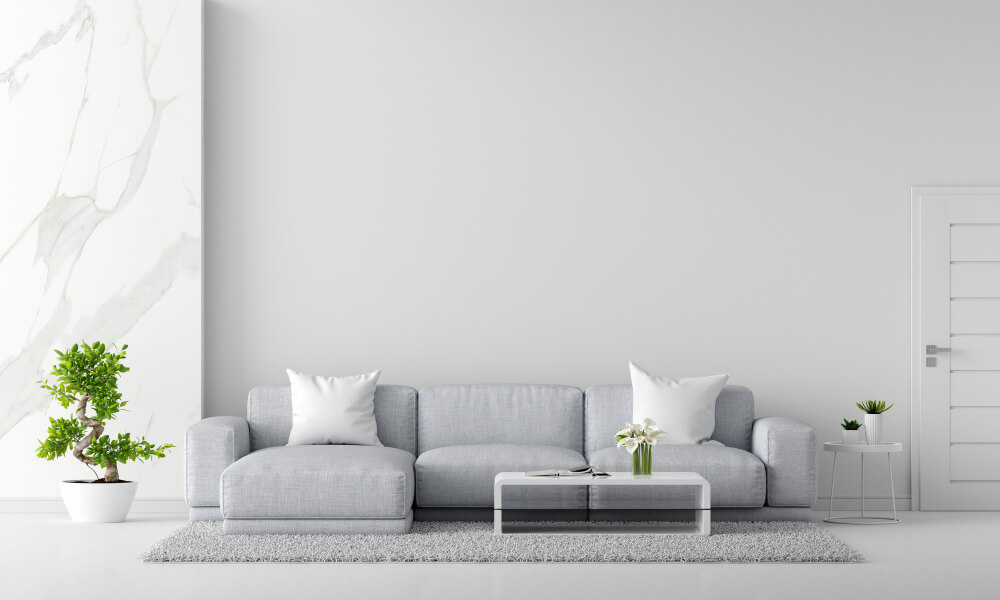
Quick Guide on How to Soundproof Walls
Soundproofing your walls can be an effective way to reduce unwanted noise within your home or office. Whether you’re dealing with noisy neighbors, traffic sounds, or simply want to create a more peaceful environment, soundproofing can help. However, the process of soundproofing can seem daunting, especially if you’re not familiar with the techniques and materials involved. That’s why we’ve created this quick guide on how to soundproof walls.
Identify problem areas
When it comes to wall soundproofing, the first step is to identify the problem areas. This means taking a close look at your walls and determining which areas are letting in the most noise. Common problem areas include windows and doors, as well as any gaps or cracks in the walls themselves.
Once you have identified these areas, you can begin to address them with various soundproofing techniques and materials. Remember, effective soundproofing requires a thorough understanding of your space and the sources of noise that are impacting it.
By taking the time to carefully identify problem areas, you can develop a more targeted and effective soundproofing strategy that will help you achieve a quieter and more comfortable living or working environment.
Choose soundproofing materials carefully
Choosing the right soundproofing materials is crucial when it comes to wall soundproofing. Not all materials are created equal, and the wrong choice can lead to poor results or wasted time and money. When selecting materials, it is important to consider the sound transmission class (STC) rating, which measures a material’s ability to block sound.
The higher the STC rating, the better the material is at blocking sound. Materials like mass loaded vinyl (MLV), acoustic foam, and fiberglass insulation are commonly used for wall soundproofing. MLV is a popular choice because it is easy to install and has a high STC rating.
Acoustic foam is great for reducing echoes and improving sound quality, but it is not as effective at blocking sound. Fiberglass insulation is another option, but it should be used in combination with other materials for optimal soundproofing results. By carefully selecting the right soundproofing materials, you can effectively reduce noise levels and create a more peaceful environment in your home or office.
Install soundproofing panels correctly
Proper installation of soundproofing panels is crucial for effective wall soundproofing. When installing the panels, it’s important to follow the manufacturer’s instructions carefully, as improper installation can lead to sound leakage. Start by measuring and marking the areas where the panels will be installed, ensuring that they cover as much surface area as possible.
Use the appropriate adhesive or mounting hardware recommended by the manufacturer to secure the panels to the wall. Be sure to align the panels correctly and apply pressure evenly to ensure a secure bond.
Seal gaps and cracks
When it comes to wall soundproofing, one of the most important steps you can take is sealing gaps and cracks. These small openings can allow sound to leak through walls, reducing the effectiveness of your soundproofing efforts. To seal gaps and cracks, start by identifying any areas where sound could potentially escape. This might include around windows, doors, electrical outlets, and baseboards.
Once you’ve identified these areas, use a high-quality sealant to fill in any gaps or cracks. This will help to create an airtight seal, preventing sound from escaping through these openings. Keep in mind that it’s important to use a sealant that is specifically designed for soundproofing, as some standard sealants may not be effective at blocking sound. By taking the time to seal gaps and cracks, you can significantly improve the soundproofing of your walls and create a more peaceful, private environment in your home or workplace.
Test and adjust as needed
The easiest way to do this is by having someone stand on the other side of the wall and make noise, then measuring how much of that noise is still audible on your side. This will give you a good indication of whether or not your soundproofing efforts have been successful.
If you find that the sound is still getting through, you may need to make further adjustments to your soundproofing materials or installation technique. Don’t be discouraged if it takes some trial and error to get the results you want. Remember, soundproofing is a science and an art, and there are many factors to consider, including the type of noise you are trying to block, the construction of your walls, and the materials you are using.
